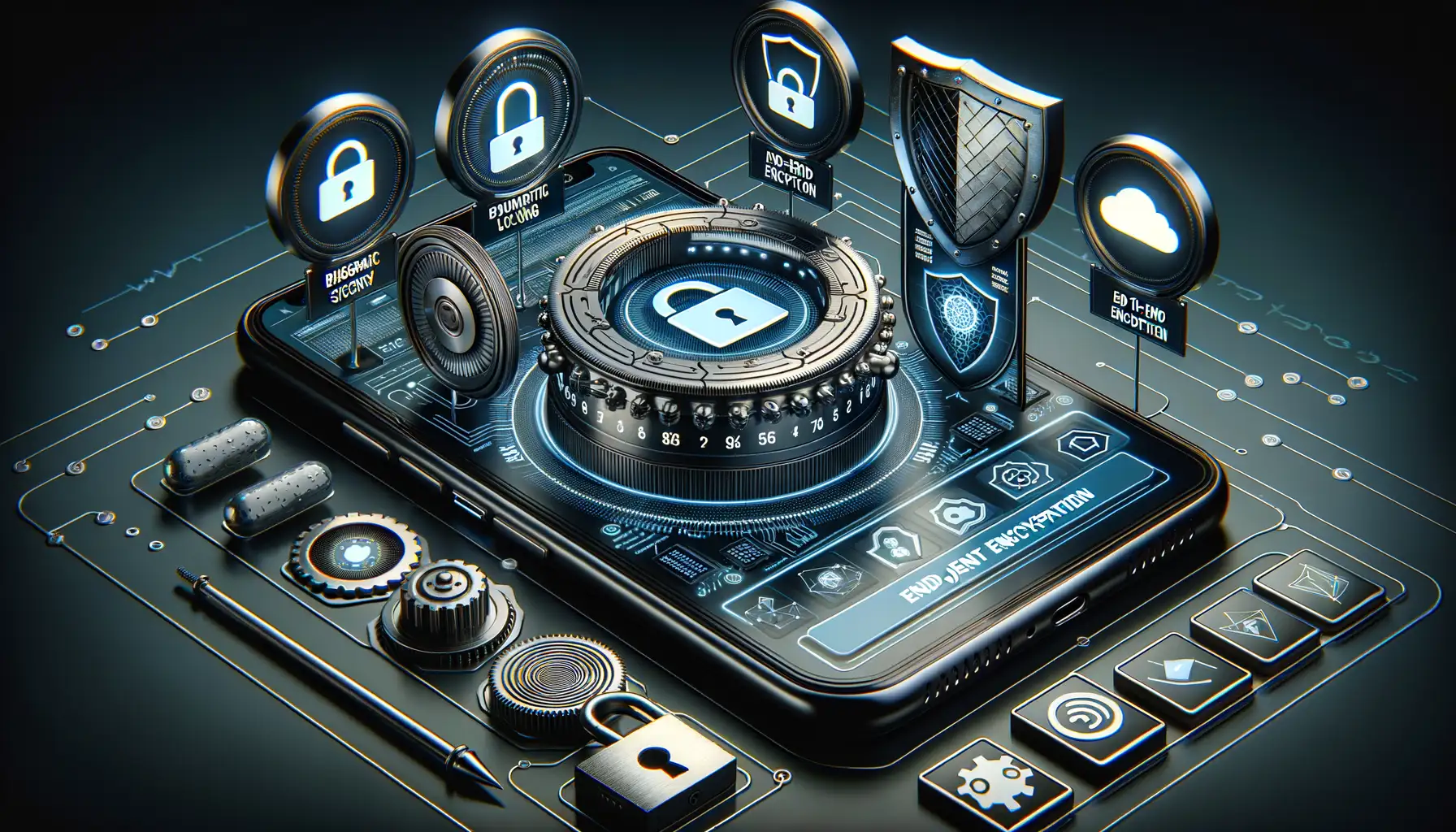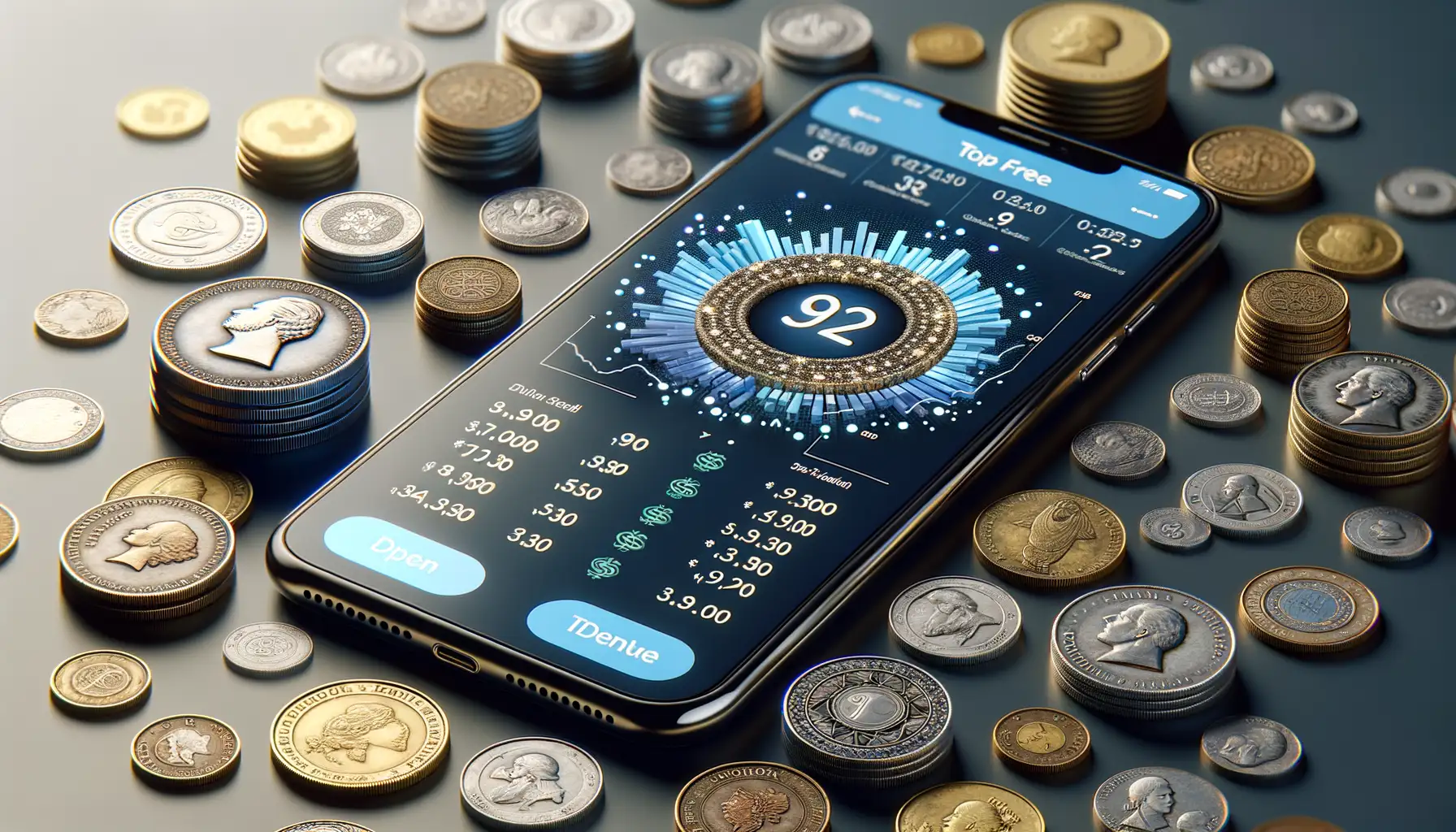Importance of Safely Storing Coin Images
Why Your Coin Images Deserve Fort Knox-Level Security
Imagine this: you’ve spent hours hunting down the rarest coins, painstakingly photographing them under perfect lighting, capturing every intricate detail. Then—poof!—a phone mishap or a cyber threat wipes out your carefully curated collection of images. Heartbreaking, right? That’s why safeguarding these digital treasures is absolutely crucial.
Your coin images are more than just pictures—they’re a visual inventory, a reference for future trades, or perhaps part of a personal journey tracking your collection’s evolution. But without proper storage, they’re as vulnerable as loose change in a storm drain. Hackers, accidental deletions, and hardware failures are real threats to your efforts.
- Data loss from unprotected files can mean losing years of work.
- Privacy breaches could expose details about your high-value collection.
- And let’s not forget—damage to your peace of mind.
Treat your coin image files like rare, fragile coins themselves. Safe storage isn’t just practical—it’s essential. When you protect these digital assets effectively, you’re preserving far more than pixels; you’re securing your legacy as a collector. That’s worth every effort, don’t you think?
Best Practices for Capturing High-Quality Images

Get the Lighting Right: Your Coins Deserve the Spotlight
Capturing a coin’s intricate beauty demands perfect lighting—think of your coin as a celebrity stepping onto the red carpet. Avoid harsh, direct sunlight that can cause glare and shadows; instead, aim for soft, diffused lighting. A desk lamp with a frosted bulb can perform wonders! Hold a piece of white paper underneath to bounce the light back up, illuminating every engraving and detail like magic.
Want the colors to pop? Use a neutral backdrop. Black velvet or white paper work wonders without stealing the show. And if you’re snapping indoors, make sure you turn off any overpowering overhead lights—they can muddy up the details.
Use the Right Equipment and Positioning
Taking high-quality photos doesn’t mean you need a DSLR (though it’s a plus). Most modern smartphone cameras are incredibly capable! Follow these quick tips:
- Stabilize! Shaky hands can make even the sharpest coin look fuzzy. Use a tripod, or balance your phone on books.
- Get up close: Switch to macro mode or use clip-on macro lenses to capture tiny textures and inscriptions.
- Angle matters: Shoot straight on for flat coins or experiment with slight tilts to highlight reliefs and textures.
Methods to Securely Store Images on Mobile Devices

Why Your Phone’s Photo Gallery Isn’t Enough
Your mobile device’s default photo gallery might seem convenient, but it’s like storing rare coins in a flimsy shoebox—easy to access, but not exactly Fort Knox. You’re dealing with high-resolution images of your precious coin collection, and they deserve better treatment. Leaving them exposed in your phone’s gallery makes them vulnerable to accidental deletion, app crashes, or worse—cyber snoops.
Instead, think in terms of digital vaults. For example, apps like Google Photos or Apple iCloud offer automatic backups with encryption. But don’t stop there! Consider secure storage solutions designed specifically for sensitive files. Ever tried apps like NordLocker or Cryptomator? They not only safeguard your images with end-to-end encryption but also keep prying eyes at bay.
Smart Moves for Keeping Images Safe
For extra peace of mind, adopt these methods to shield your coin images from harm:
- Use file-safe apps: Apps like Folder Lock let you create password-protected folders directly on your device.
- Offline storage: Transfer images to an encrypted SD card or USB stick for an added layer of protection.
- Turn off cloud sync (sometimes): Not every image needs to live online. Disabling auto-sync for certain files can reduce exposure risks.
Remember, treating your digital treasures with the same care as the physical ones isn’t just wise—it’s essential.
Recommended Backup and Encryption Techniques

How to Guard Your Precious Digital Coin Trove
Let’s face it: those high-resolution coin images are more than just files—they’re a piece of your collection, preserved pixel by pixel. To ensure they remain safe from accidental loss or prying eyes, you need a double-layered strategy: backup and encryption. Consider these steps your digital insurance policy.
- Cloud Storage with Encryption: Services like Google Drive or iCloud are convenient, but here’s the catch—only use platforms that offer end-to-end encryption. If the provider doesn’t encrypt your images, you can pre-encrypt them using tools like Cryptomator.
- External Drives for Offline Backups: A portable SSD or USB drive gives you ownership of your data. For extra safety, encrypt the drive using software like BitLocker (for Windows) or Disk Utility (for Mac users).
- Multiple Locations: Redundancy is your best friend. Store one backup in the cloud and another offline, away from your primary device—a classic “don’t put all your eggs in one basket” move.
The Art of Encryption: A Keeper’s Secret Weapon
Encryption might sound intimidating, but think of it as locking your treasure chest with an unbreakable code. Tools like VeraCrypt or AxCrypt make this easy—even for novices. Imagine someone snatching your phone. Without your encryption key? All they’d see is gibberish!
One personal tip: never use simple passwords like “12345” or “coinlover.” Create passphrases that are complex yet memorable, like “GoldenEagleSoars@Dawn42”. Protecting your collection doesn’t have to be a chore; it’s about smart choices and thoughtful preparation. Treat those image files like rare coins themselves—valuable, irreplaceable, and worth safeguarding with care.
Tips for Long-Term Preservation and Maintenance of Digital Coin Images

Keep Your Digital Treasure Chest Shining
When it comes to preserving your digital coin images, think of it like safeguarding a prized collection in the real world—a little care goes a long way. Over time, even the highest-quality digital files can face threats like data corruption or format obsolescence. But don’t worry, here’s how you can protect them for decades to come.
- Save your images in uncompressed formats like TIFF or PNG whenever possible. JPEG might save space, but it also sacrifices quality, and with coins, every detail matters.
- Update your storage devices regularly. Don’t trust that flash drive from 2015—it’s like storing gold in a rusted safe. Migrate your files to more modern, reliable devices every few years.
- Maintain multiple copies in different locations—cloud storage, an external drive, and even a NAS (Network Attached Storage). Redundancy is your secret weapon!
Future-Proofing Your Coin Image Files
Technology moves fast, so don’t let your precious coin images get left behind! Pay attention to file formats. Ever heard of BMP? Most people haven’t—it’s a dead format. Stick to widely supported options like PNG or DNG, but watch for emerging trends.
Also, consider adding metadata to your files. Think of metadata as the little ID tag on each image—it can include details like the coin’s year, origin, and value. Years later, when you’re flipping through thousands of photos, that embedded info will feel like a lifesaver.
Lastly, check your backups annually. Open the files, inspect the details, and confirm everything works. It might feel tedious, but trust me—it beats reliving the heartbreak of discovering an unreadable file when you need it most. Protect your digital gold!


